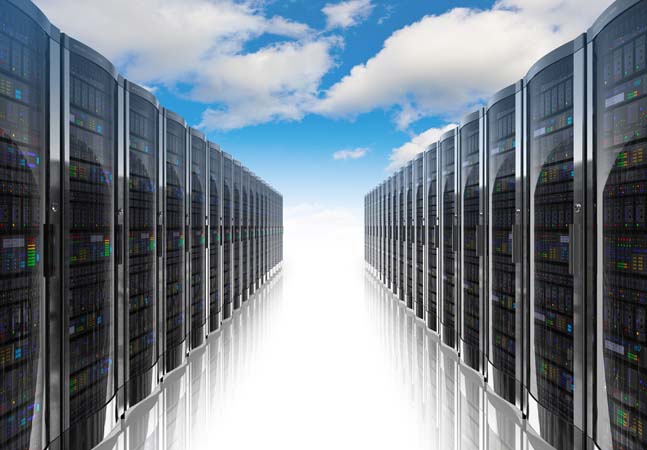
Now that you've prepared your AWS virtual private cloud, instances and storage, it's time to install and configure a SQL Server 2019 failover cluster instance.

Here's what you need to do to prepare the EC2 infrastructure to support business-critical applications clustered with Windows Server Failover Clustering (WSFC).

Amazon Web Services makes it easy to implement dynamically scalable applications in the cloud. Here's an overview.

From creating and deleting instances to configuring IP addresses, here's a look at some routine management tasks in Lightsail and how they differ from AWS' main virtualization platform, EC2.

From introductory videos to self-paced labs to a service glossary, here's how to access and take advantage of AWS' library of educational media.

Amazon's virtual private server solution is no longer for Linux only.

Despite some shortcomings, Amazon Polly is much more than a cloud-based reworking of Apple's 30-year-old S.A.M. program. (But don't count on it to read algebra equations just yet.)

As useful as tags are for tracking down specific AWS resources, they can easily get out of hand. To avoid future headaches, develop a carefully controlled tagging structure early.

Each time you create an Elastic Compute Cloud (EC2) instance, AWS will create a new security group whose job is to control access to that instance. Here's how to configure it.

Not all workloads are created equal, nor are their price tags. For workloads that are less than mission-critical, organizations can take advantage of steeply discounted AWS Spot Instances. There are a few conditions to keep in mind, however.

Spinning up new VMs on a whim has little impact in on-premises environments, but it can mean added charges in the cloud. Using AWS instance reports can help organizations keep an eye on those costs and control VM sprawl.

If you've ever managed Microsoft Exchange, then you're already familiar with the concept of mobile device mailbox policies. The difference is AWS' mobile policies tend to be simpler than Microsoft's.

There are a number of options available to organizations that want to host corporate e-mail in the cloud, including this managed e-mail and calendaring service for Amazon Web Services customers.

Now that you've set up the Amazon S3 bucket for your video transcoding project, it's time to actually convert the video. That's often easier said than done.

The first step in using AWS to convert a video into a different format is configuring the required S3 bucket. Brien walks you through the process.

In IT, conventional wisdom is that security certificates tend to be expensive. That's not the case when it comes to Amazon Web Services, however.

It's one thing to set up a simple application container, and another to be able to actually use containers in the real world. To do that, you'll need to know how to push a Docker image to AWS.

In this installment, Brien shows you what an AWS container looks like once it's up and running, and how to manage it.

AWS lets users create and manage containers through a graphical console -- perfect for those unused to working with containers or the Docker command-line environment.

The Simple Email Service can handle a variety of needs, but if you want to send mass e-mails to addresses outside of your domain, be prepared to make your case to AWS.